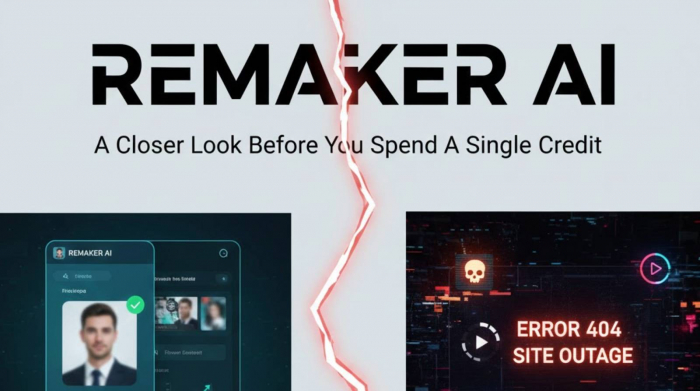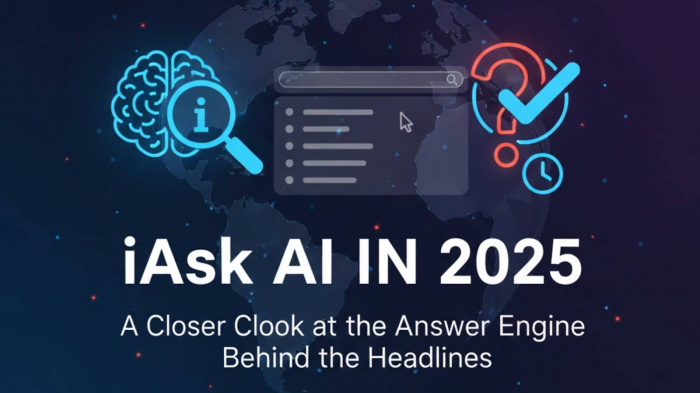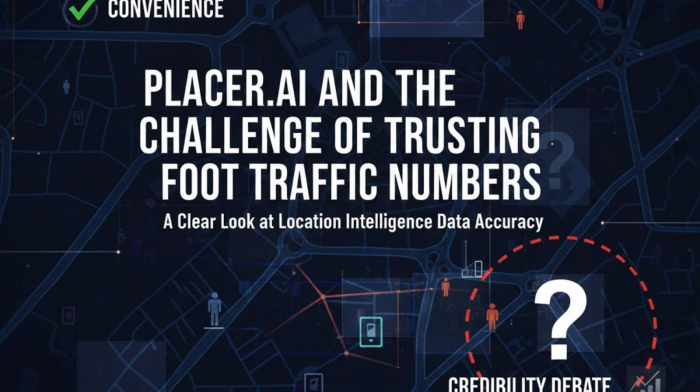AI image editing tools changed the rhythm of post-production. What used to take an hour—balancing light, taming color casts, cleaning distractions—now takes minutes, and you still keep control of the look. Luminar Neo leans into this reality. It gives you quick, believable starting points and then lets you refine with masks, layers, and precise adjustments so the final image reflects your intent.
In this review, we will break down what is genuinely fast, where manual finesse still pays off, and how the latest tools slot into real workflows. You will get short, repeatable recipes you can test on your own files, along with practical guardrails to avoid overprocessing.
Fast Starts That Don't Feel Generic
A good photo editing software should give you momentum without boxing you in. In Luminar Neo, that momentum comes from curated looks you can audition and customize.
Treat the built-in Luminar Neo presets as a solid starting point. For an overcast travel gallery, pick a moody look, lower its intensity, lift midtones for detail, then brush the effect off skin and bright signage to avoid artifacts. Save that tuned recipe as a custom preset so the rest of the shoot stays cohesive. If you need range, create two variants (warm and cool) and switch based on the scene. It will keep your style consistent without compromising your creative freedom.
If you want to learn how to use AI to edit photos on Luminar Neo, start by developing a quick yet reliable post-processing routine with presets.
- Pick the creative direction. Choose 2-3 built-in presets. Find one that matches your vision best. Drop its intensity to 30-60% so you can use a preset as your baseline.
- Fix the foundation. In Develop, nudge exposure (±0.2–0.5), set white balance from a neutral, and keep highlights below clipping.
- Target trouble spots. Use subject/sky/object masks; soften skin or foliage where needed, and add micro-contrast only to textures that need it.
- Unify the palette with a light Color Harmony or Curves tweak.
- Export consistently with special presets for web and print.
Key AI Tools in Luminar Neo

Here’s a quick tour of the AI you will use daily—each one saves time while keeping results under your control.
- Color Transfer matches the palette of a reference shot so multi-camera projects feel unified; you can still mask out skin tones or logos to keep them accurate.
- Relight AI balances front-to-back brightness using a depth map, which is great for windowed rooms or backlit portraits where global exposure would break the scene.
- Face AI provides subtle face light, gentle eye/teeth refinements, and quick under-eye cleanup. It is designed to look natural in conservative settings.
- Portrait Bokeh AI creates believable background separation when you don't shoot wide open; edge refinements keep hair and accessories intact.
- Sky AI adds definition to flat skies without chewing up treelines or rooftops; small amounts go a long way.
- GenErase removes poles, signs, or tourists with context-aware fills; always do a 100% check on patterns like bricks or waves.
- Structure AI boosts texture only where it belongs (fabric, architecture, foliage), leaving skin and skies smooth.
- Supercontrast ensures independent contrast control for highlights, midtones, and shadows, allowing you to add depth without muddying the color.
- Mask AI is used for one-click element selections (people, sky, buildings, water, plants, ground) that make targeted edits fast.
- Noiseless AI / Supersharp AI / Upscale AI offer an easy way to edit photos with high ISO, slight focus/motion softness, and tight crops you need to print or share large.
Practical Usage
Presets
Luminar Neo’s presets act as fast starting points rather than one-click endings. You can hover to preview, apply, then lower the intensity and mask areas so the look fits the scene. When you’ve tuned a style for a client or series, save it as a custom preset to keep future edits consistent and quick.
Cleanups
Understanding how to enhance photos begins with eliminating visible flaws and distractions. Luminar Neo's Erase tool is targeted at different types of unwanted subjects. Remove Powerlines clears overhead wires from cityscapes, and Remove Dust Spots fixes sensor specks on skies in one pass. Run the tool, then zoom to 100% and check along edges. If the auto pass leaves artifacts, paint a quick mask to confine the fix or switch to Erase/Clone for tricky seams.
Compositions
Using AI for photo editing can also help you reframe your shot and refine your composition. Use Composition AI to auto-straighten horizons and suggest crops that strengthen leading lines. Accept the suggestion or nudge it to protect key subjects. If a cutout is needed for a product or packshot, isolate with Background Removal AI, refine hair or fine edges with the transition brush, and rebuild a soft shadow to maintain a realistic look.
Additional Instruments
Layers and blend modes let you build complex looks without baking anything in. Combine image layers, texture overlays, and masks (brush, linear, radial) with per-layer opacity to control how each pass affects the scene.
Lean on Curves, HSL, and Color Harmony for precise color and tone. The Mood tool applies LUTs when you need a fast, repeatable palette shift, while local masks keep skin tones and neutrals accurate.
Detail and cleanup tools finish the job. Dodge & Burn sculpts light by hand, Details controls micro-contrast where texture belongs, and Optics corrects distortion and chromatic aberration. Use Clone/Erase on a separate layer for surgical fixes to keep your base edit reversible.
Conclusion
Luminar Neo revolutionizes photo editing by seamlessly integrating AI tools that enhance efficiency while preserving creative control. It allows photographers to achieve ineffable results with both speed and precision. By leveraging its intuitive features, users can elevate their post-production workflows, ensuring that every image reflects their unique vision without the risk of overprocessing.
Post Comment
Be the first to post comment!





